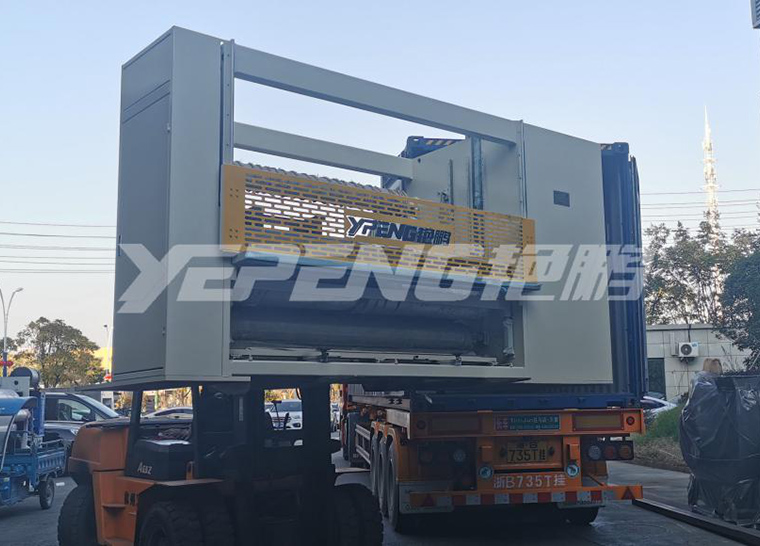
Zhejiang Yanpeng Nonwoven Machinery Co.,Ltd.---A professional non woven production line Manufacturer
11. 2020
Quick service response time
Provide 7x24 hours of uninterrupted
service for you
Professional one to one customer service
Escort your production
Address: Wanchuan Road, Binhai New District, Pingyang County ,Zhejiang, China
Tel: 0086-577-58198758
Fax: 0086-577-58198759
Fill in your project information
Non woven meltblown fabric is an important material used in masks, air filters, wipe products, and composite fabrics. It is a non-manufactured non woven fabric with polypropylene as the main raw material. Its filtration efficiency is one of the factors affecting product prices.
1. What is the filtration efficiency of meltblown non-woven fabrics
Filtration efficiency refers to the filtration efficiency of melt blown. Because melt blown has the characteristics of filtering dust, particles, dust, pollen and so on. The filtration level has terms such as N, BFE, VFE, KN, FFP, etc. The meltblown level and filtration efficiency are mutually related. A good meltblown level will bring about a good filtration efficiency, and a bad one will do the opposite.
What does this have to do with non woven meltblown fabrics? Let’s show you how to learn.
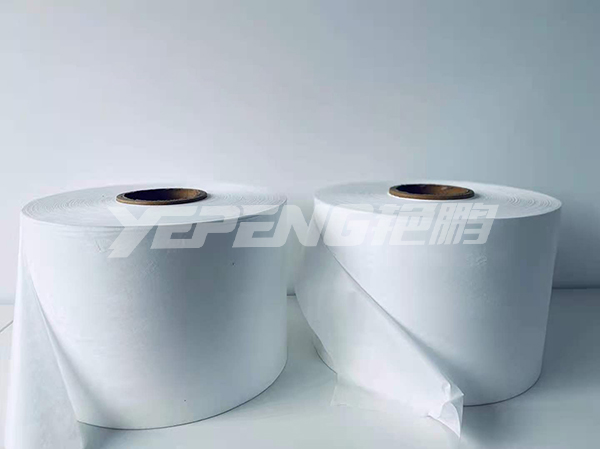
2. Filter efficiency classification of nonwoven meltblown fabrics
Currently there are several filter effects as follows: (The filter efficiency also depends on the corresponding test flow)
1. BFE95 (gram weight: 18-30g)
Explanation: Detected at a flow rate of 32 liters, the filtering effect of 3 micron bacterial particles reaches 95%.
2. BFE99 (gram weight: 20-30g)
Explanation: When tested at a flow rate of 32 liters, the filtering effect of 3 micron bacterial particles reached 99%.
3. VFE99 (gram weight: 25-30g)
Explanation: Detected at a flow rate of 32 liters, the filtering effect of 3 micron virus particles reaches 99%.
4. PFE99 (gram weight: 24-30g)
Explanation: Detected under the flow of 32 liters, the filtering effect of 0.1 micron particles reaches 99%.
5. KN90 (gram weight: 30-50g)
Explanation: When tested at a flow rate of 55 liters, the filtration effect of 0.3 micron solid particles reaches 90%.
6. N95 (gram weight: double layer 50g)
Explanation: When tested at a flow rate of 85 liters, the filtration effect of 0.3 micron solid particles reaches 95%.
7. N99 (gram weight: 80g double layer)
Explanation: When tested at a flow rate of 85 liters, the filtration effect of 0.3 micron solid particles reaches 99%.
8. FFP1 (gram weight: 50g)
Explanation: The standard is equivalent to N90.
9. FFP2 (Weight: 50g)
Explanation: The standard is equivalent to N95.
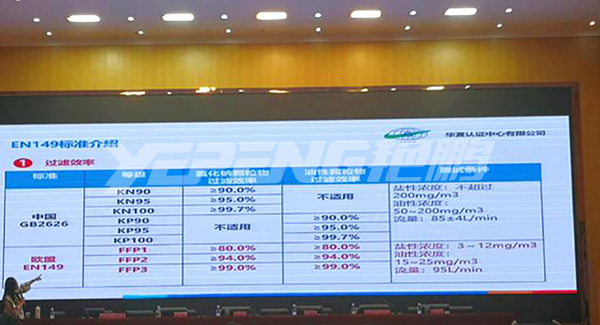
3.Three factors affecting filtration efficiency
The filtration performance of nonwoven meltblown filter media is affected by many factors. External factors include the particle size and distribution of dust sources, the flow rate of filtered gas, etc., and its own factors include pore structure and thickness. The pore structure of nonwoven materials includes pore size and its distribution, porosity and so on.
1. Average pore size of filter material
Within a certain range, the filtration efficiency is inversely proportional to the average pore diameter of the filter material. The smaller the average pore diameter of the filter material, the higher the filtration efficiency. The average pore size of the non-woven filter material is mainly affected by the fiber diameter and thickness. The thinner the fiber, the smaller the average pore size; the thicker the thickness of the non-woven filter material of the same fiber specification, the smaller the average pore size.
2. Porosity of filter material
The unique fiber network structure of the non-woven fabric forms pores with relatively uniform distribution and smaller pore diameters, so that when the filter carrier phase passes through the tortuous path of the filter material fiber, the dispersion effect is enhanced, and the particles to be separated in the carrier have more chances to collide with the fibers. Or stick. Therefore, porosity is an important factor affecting the performance of filter media.
The porosity of the filter material refers to the ratio of its pore volume to the total volume. The porosity of the filter material decreases, the greater the fiber filling rate, the stronger the interference effect on the particles, the higher the collection efficiency, and the higher the filtration efficiency. The porosity of the filter material increases, and the ability to separate and capture particles in the gas is weakened, so the filter efficiency is reduced.
The computer is used to simulate the relationship between the filter efficiency, filter resistance and the porosity, fiber diameter and thickness of the filter material. It was found that as the porosity and fiber diameter of the filter material decrease, the filtration efficiency of the filter material increases, and there is a nonlinear relationship.
Third, the thickness of the filter material
Through the establishment of a filtration model, to predict the filtration efficiency and filtration capacity of the filter material for particulate matter. The influence of different filter material thickness and different filter area on filter efficiency is analyzed.
The actual test found that the predicted value of the filtering model is in good agreement with the measured value. This also provides a reliable reference for the design of filter material thickness and maximum effective pore size to achieve specific filtration efficiency and filtration capacity.
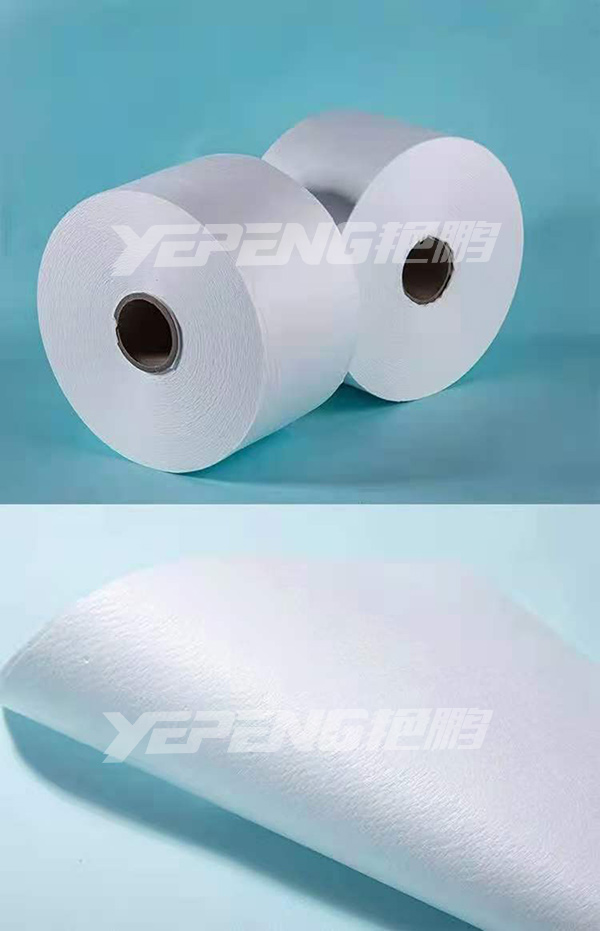

11. 2020
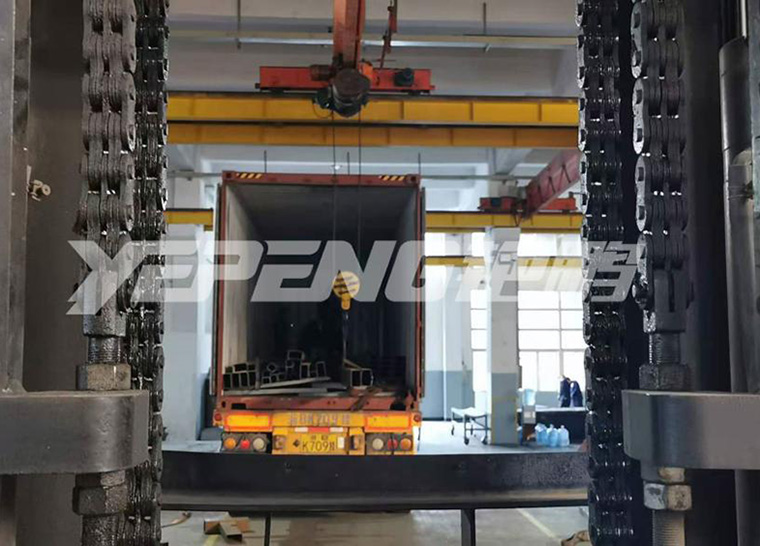
11. 2020
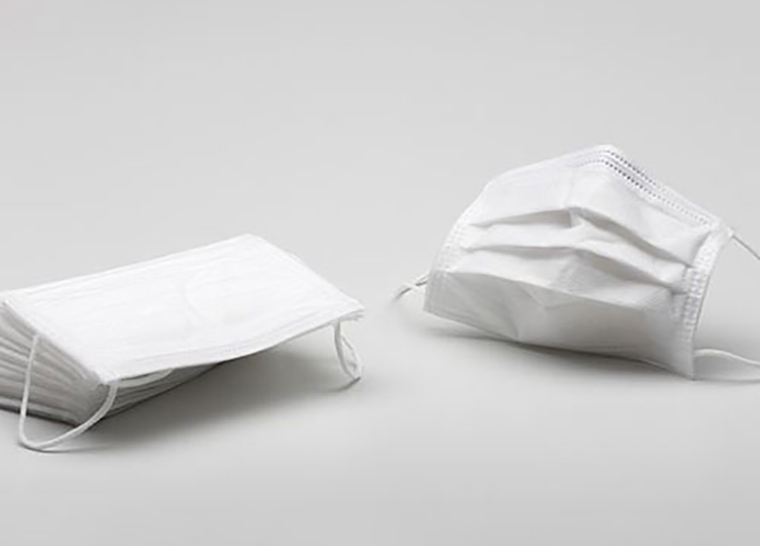
11. 2020
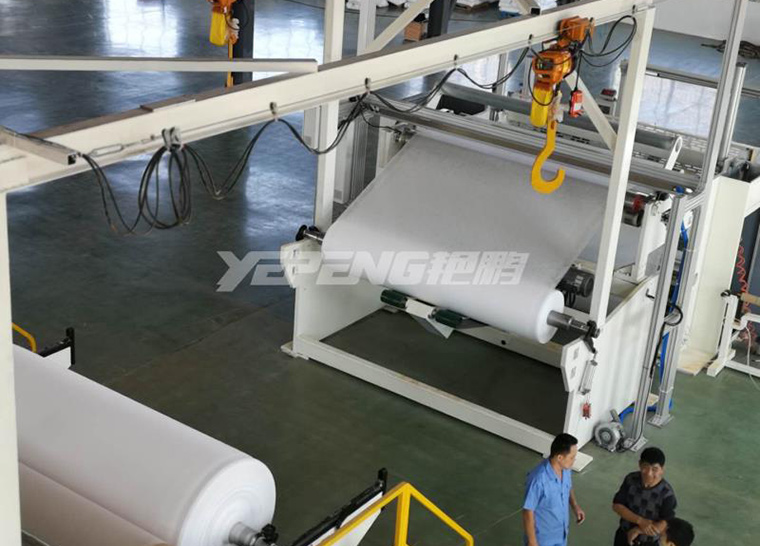
10. 2020

